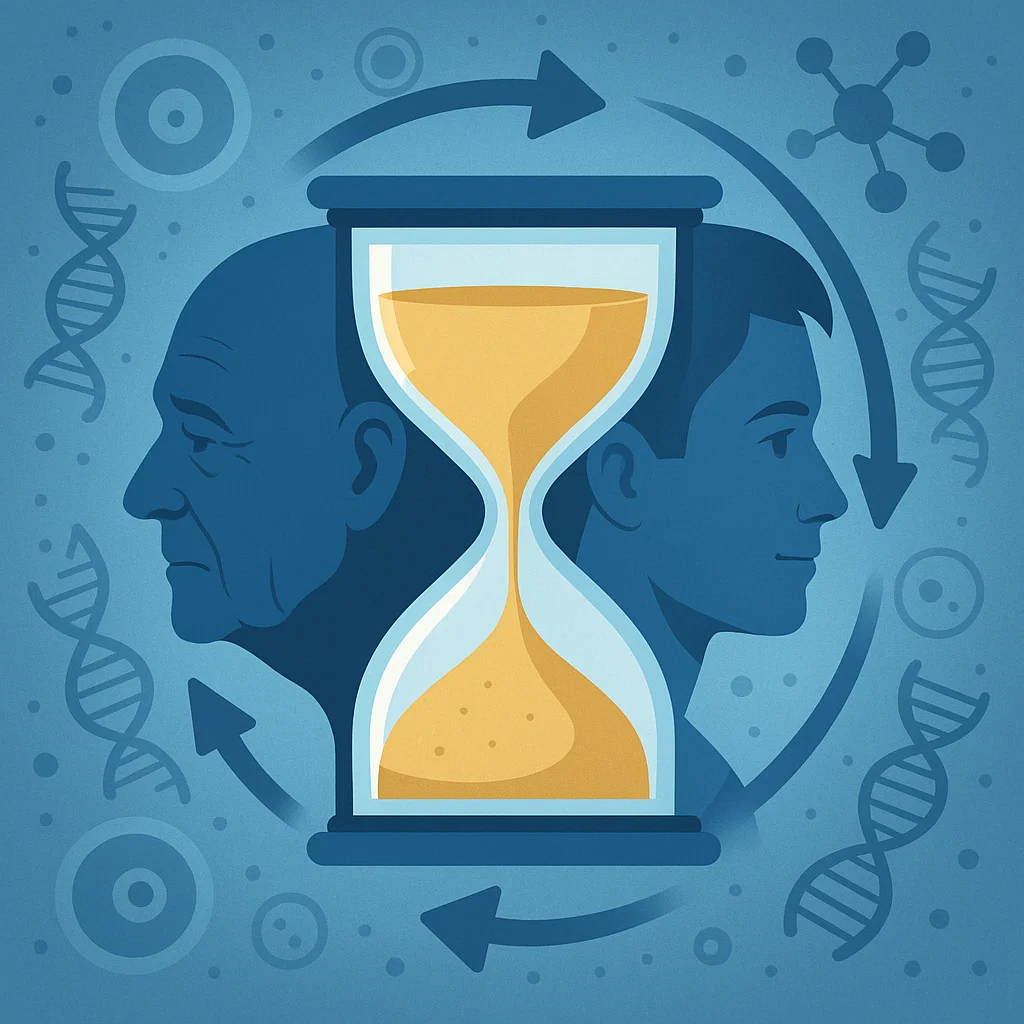Introducing the quest to turn back the clock
The idea of reversing the body’s wear and tear has captured imaginations for decades. Recent breakthroughs in molecular biology, genomics, and regenerative science have brought us closer than ever to testing whether we can not only slow but actually reverse the processes that accompany growing older. In this article, we examine the latest evidence—peer‑reviewed studies, early human trials, and emerging technologies—to separate genuine advances from premature hype.
Understanding the hallmarks of decline
Before assessing interventions, it helps to grasp the fundamental changes cells undergo over time. Researchers have identified several core “hallmarks,” including:
Telomere shortening: Protective caps at chromosome ends shrink with each division, eventually triggering cellular retirement.
Epigenetic drift: Chemical tags on DNA and histones shift, altering gene expression in ways that undermine function.
Mitochondrial dysfunction: Powerhouses of the cell lose efficiency, generating more reactive by‑products and less energy.
Senescent cell accumulation: Stalled cells linger, secreting inflammatory signals that damage neighbors.
Stem cell exhaustion: Repair‑capable cells dwindle or lose potency, hindering tissue renewal.
Protein homeostasis collapse: Misfolded proteins aggregate, overwhelming quality‑control systems.
By measuring these markers—using clocks based on DNA methylation, assays of metabolic activity, and imaging of organ function—scientists can quantify biological state more precisely than by simple calendar years.
Interventions under investigation
A range of strategies aim to reset or repair these hallmarks:
Senolytics and senomorphics
Drugs like dasatinib, quercetin, and fisetin selectively clear senescent cells or suppress their harmful secretions. In mice, intermittent dosing improves heart and kidney function and even extends lifespan. Early human pilot trials report reduced inflammatory markers and modest functional gains, though larger studies are needed.
Epigenetic reprogramming
Building on Stanley C. R. Berg’s Nobel‑winning work on induced pluripotency, researchers have tested partial reprogramming factors (OSKM genes) delivered transiently to mice. Remarkably, these animals show restored epigenetic youthful patterns, enhanced regenerative capacity, and improved metabolic profiles. Safety concerns around uncontrolled cell proliferation remain a barrier to human trials.
Metabolic modulation
Compounds such as nicotinamide mononucleotide (NMN) and rapamycin target nutrient‑sensing pathways (NAD⁺ metabolism, mTOR signaling). In rodents, supplementation restores mitochondrial function, reduces oxidative stress, and improves organ resilience. Small clinical studies of NMN demonstrate improved insulin sensitivity and vascular health in older volunteers.
Mitochondrial transplantation
Experimental approaches transplant healthy mitochondria into damaged tissues. In pre‑clinical models of heart injury, injected mitochondria integrate and boost energy production, reducing scar tissue. Though promising, human applications face delivery‑efficiency and immunogenicity challenges.
Plasma exchange and young‑blood factors
Parabiosis experiments—joining circulatory systems of young and old mice—reveal rejuvenating effects on muscle, brain, and liver. Translating this, small trials using plasma from young donors report cognitive and metabolic improvements, but results are preliminary and fraught with ethical questions.

What human trials tell us so far
Senolytic pilot in idiopathic pulmonary fibrosis: Participants tolerated dasatinib + quercetin and exhibited reduced senescence markers in fat biopsies, along with improved walking distance.
Rapamycin in elderly cohorts: Low‑dose regimens improved vaccine responses and enhanced immune‑cell diversity, suggesting partial restoration of immune resilience.
NMN supplementation: Healthy older adults showed elevated NAD⁺ levels, better muscle performance, and improved markers of cardiovascular health over a 6‑week course.
While encouraging, these studies involve tens to low hundreds of participants and focus on surrogate endpoints. No large‑scale trial has yet demonstrated clear reversal of core hallmarks across multiple tissues.
Challenges and caveats
Long‑term safety: Interventions that revive cell division or suppress growth‑control pathways risk promoting malignancies.
Durability of effect: Most treatments require ongoing administration; it remains unclear whether a one‑time reset is possible.
Biomarker validation: Discrepancies between clocks based on methylation, transcriptomics, and proteomics complicate assessment of overall benefit.
Individual variability: Genetic background, lifestyle, and existing conditions influence responses dramatically.
Integrating lifestyle with emerging therapies
Even as we await definitive reversal technologies, established strategies play a crucial role:
Exercise preserves mitochondrial health and maintains stem‑cell niches.
Dietary patterns like intermittent fasting and nutrient restriction activate repair pathways and improve metabolic markers.
Sleep quality and stress reduction support protein homeostasis and inflammation control.
Combining these with targeted therapies may yield synergistic benefits, potentially amplifying gains from pharmacological interventions.
The path ahead: towards comprehensive rejuvenation
The future of reversing biological state likely lies in multi‑modal regimens that address several hallmarks simultaneously. Prospective directions include:
Personalized protocols guided by deep‑profile analyses of each patient’s molecular signature.
Next‑generation senolytics engineered for precise delivery and minimal off‑target effects.
Gene‑editing tools like prime editing to directly correct age‑related DNA mutations.
Advanced regenerative scaffolds seeded with rejuvenated stem cells to rebuild damaged organs.
Large, controlled clinical trials—combining quantitative biomarkers with functional outcomes such as mobility, cognition, and organ performance—are essential to validate these approaches.
About Tomorrow.bio
At Tomorrow.bio we are dedicated to advancing the science of cryopreservation with the goal of giving people a second chance at life As Europe’s leading human cryopreservation provider we focus on rapid high-quality standby, stabilization and storage of terminal patients preserving them until future technologies may allow revival and treatment.
Our mission is to make human cryopreservation a reliable and accessible option for everyone We believe that no life should end because current capabilities fall short.
Our vision is a future where death is optional where people have the freedom to choose long-term preservation in the face of terminal illness or fatal injury and to awaken when science has caught upInterested in learning more or becoming a member
📧 Contact us at hello@tomorrow.bio
🌐 Visit our website www.tomorrow.bio
🤝 Schedule a call with our team Book a consultation



